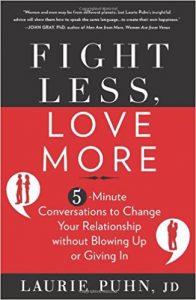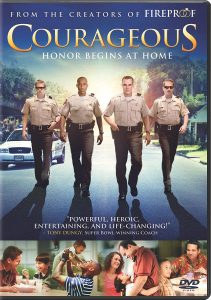What does the Catholic Church teach about married love?
Marriage is an intimate, lifelong partnership in which husbands and wives give and receive love unselfishly. The sexual relationship expresses their married love and shows what it means to become “one body” (Genesis 2:24) and “one flesh” (Mark 10:8, Matthew 19:6). The sexual union is meant to express the full meaning of a couple’s love, its power to bind them together “the unitive aspect of marriage “and “its openness to new life” the procreative aspect.
What does this have to do with contraception?
The Church believes that God has established an inseparable bond between the unitive and procreative aspects of marriage. The couple has promised to give themselves to each other, and this mutual self-giving includes the gift of their fertility. This means that each sexual act in a marriage needs to be open to the possibility of conceiving a child. “Thus, artificial contraception is contrary to God’s will for marriage because it separates the act of conception from sexual union” (United States Catholic Catechism for Adults, p. 409).
A couple need not desire to conceive a child in every act of intercourse. But they should never suppress the life-giving power that is part of what they pledged in their marriage vows.
Are couples expected to leave their family size entirely to chance?
No. Serious circumstances “financial, physical, psychological, or those involving responsibilities to other family members” may affect the number and spacing of children. The Church understands this, while encouraging couples to take a generous view of children.
What should a couple do if they have good reason to avoid having a child?
A married couple can engage in intercourse during the naturally infertile times in a woman’s cycle, or after childbearing years, without violating the meaning of marital intercourse. This is the principle behind natural family planning (NFP).
What is Natural Family Planning?
Natural family planning is a general name for family planning methods that are based on a woman’s menstrual cycle. NFP methods are based on day-to-day observations of the naturally occurring signs of the fertile and infertile phases of the menstrual cycle. It takes into account the uniqueness of each woman. A man is fertile throughout his life, while a woman is fertile for only a few days each cycle during the childbearing years. A woman experiences clear, observable signs that show when she is fertile and infertile. To avoid pregnancy, the couple abstains from intercourse during the fertile phase. Couples can also use NFP to achieve pregnancy because it identifies the time of ovulation.
Who can use NFP?
Any married couple can use NFP. A woman need not have regular cycles. The key to successful NFP use is cooperation and communication between husband and wife.
How effective is NFP?
NFP can be very effective, depending on how strongly motivated the couple is and whether they follow the rules of the method. Couples who carefully follow all the rules to avoid pregnancy can achieve a success rate of 97-98%.
What are the benefits of using NFP?
- Shared responsibility by husband and wife
- Virtually cost-free
- No harmful side effects
- Can be used throughout childbearing years
- Can be used in special circumstances such as post-partum, breastfeeding and premenopause
How can we learn to use NFP?
The best way to learn NFP is from a qualified instructor-one who is certified from an NFP teacher training program. Your Diocesan NFP Coordinator can help you to find an NFP class in your area.
To learn NFP on the Internet contact Northwest Family Services (NWFS). NWFS provides client education in the Sympto-Thermal Method.
The U.S. Conference of Catholic Bishops maintains a list of additional correspondence courses.
For more information:
- Married Love and the Gift of Life, U.S. Conference of Catholic Bishops
- Catechism of the Catholic Church (see, in particular, #2370)
- NFP Awareness Week: July 22-28, 2018

 Do you and your mate get into the same arguments, time and gain? Do you encounter family members who have the uncanny ability to push your buttons and get in your face, even though you set out to steer clear of strife? As a lawyer and couples mediator I have observed the same dumb arguments ruining relationships. In my book
Do you and your mate get into the same arguments, time and gain? Do you encounter family members who have the uncanny ability to push your buttons and get in your face, even though you set out to steer clear of strife? As a lawyer and couples mediator I have observed the same dumb arguments ruining relationships. In my book 


 Are you looking for a new movie with a compelling message and action-packed police drama? Then check out “Courageous,” which opens around the country on September 30.
Are you looking for a new movie with a compelling message and action-packed police drama? Then check out “Courageous,” which opens around the country on September 30.
